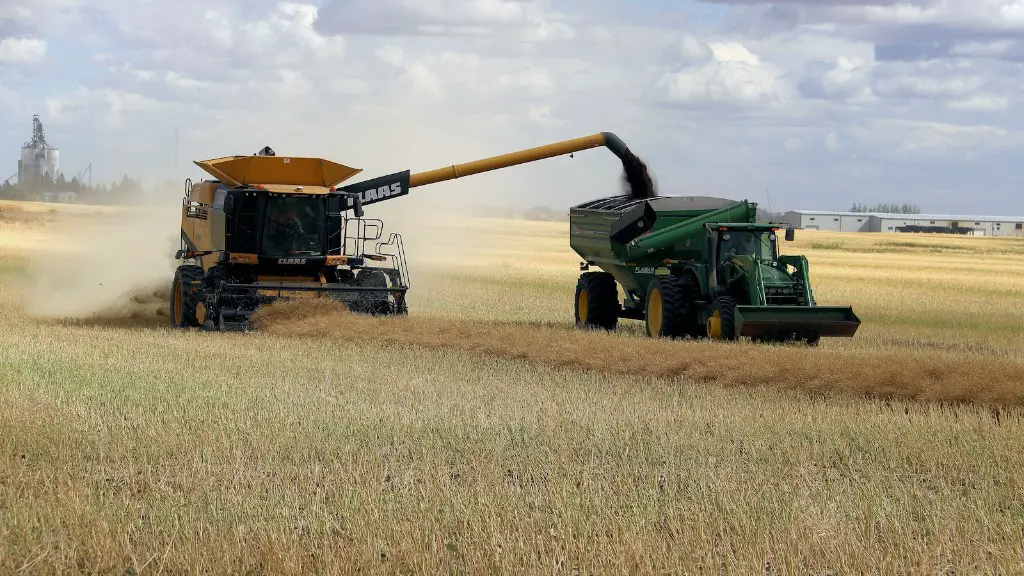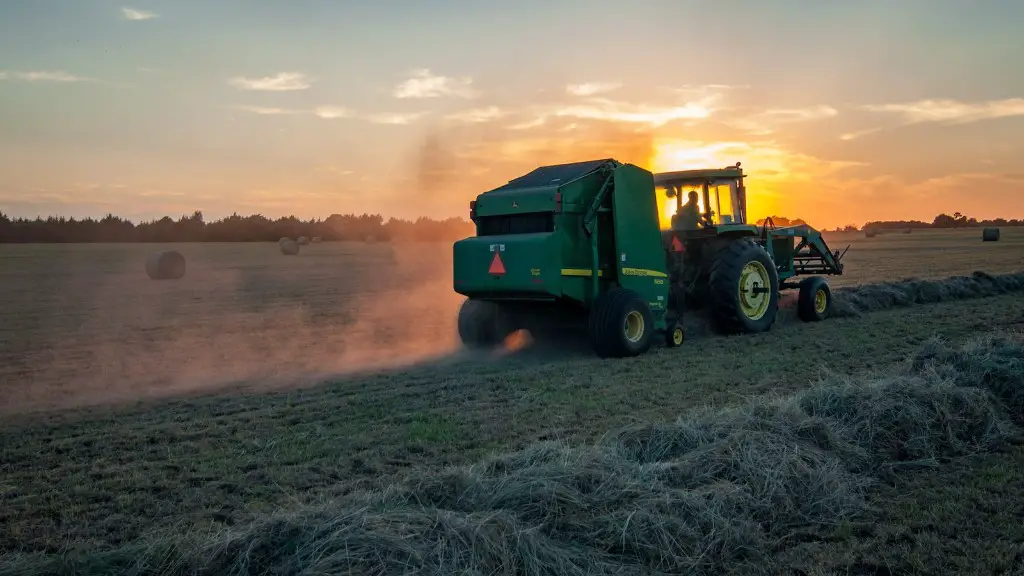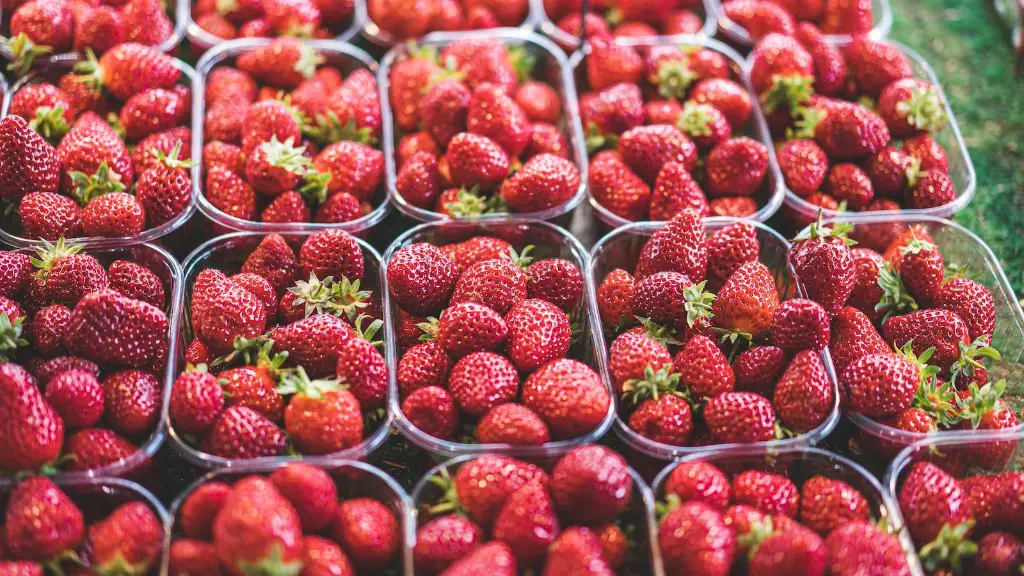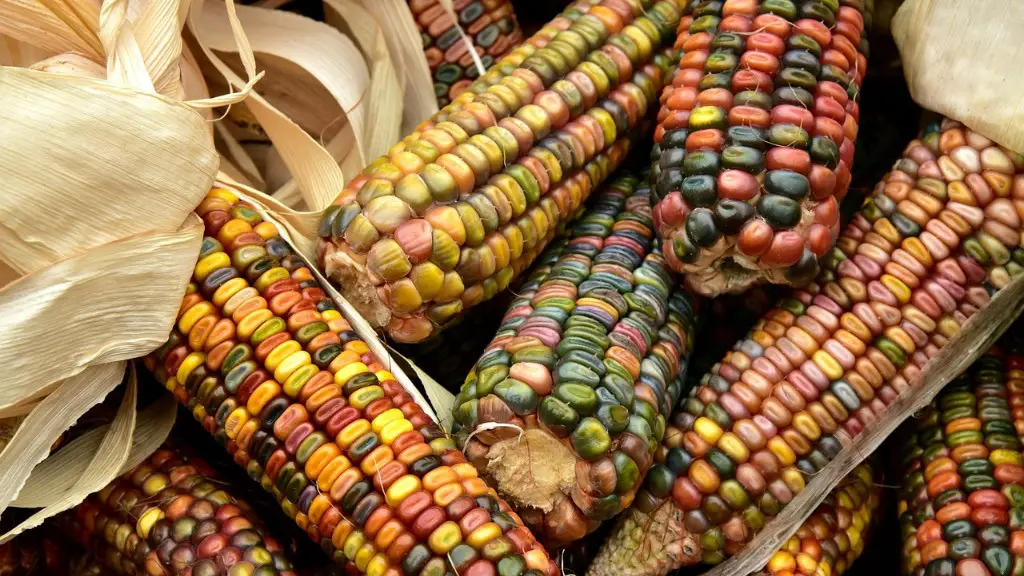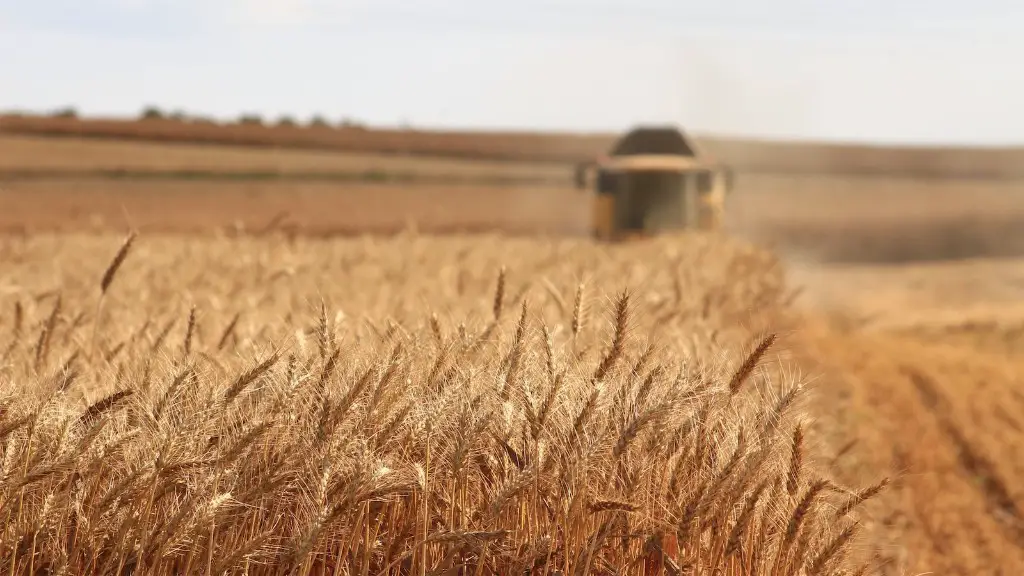Despite its image as a clean and natural industry, agriculture is a leading cause of air pollution. Agricultural air pollution comes from many sources, including animal waste, crop residue burning, and the use of agricultural chemicals. These pollutants can cause a variety of health problems, including respiratory infections, headaches, and nausea. In addition, agricultural air pollution can contribute to climate change and the formation of ground-level ozone.
Agriculture can cause air pollution in a number of ways. For example, agricultural production often involves the use of harmful pesticides and fertilizers, which can enter the atmosphere and contribute to pollution. In addition, agricultural activities can generate dust, which can also pollute the air. Finally, when agricultural waste is burned, it can produce emissions that can pollute the air.
What air pollutants are most often produced by agriculture?
Agricultural air pollution is a major problem in many parts of the world. Ammonia is a major contributor to this pollution, as it is released into the air from heavily fertilized fields and livestock waste. This can have a major impact on the quality of the air, and can lead to respiratory problems for people who are exposed to it.
Farms in the United States are responsible for more than 90 percent of airborne ammonia pollution. This pollution comes mostly from fertilizers and livestock manure. Ammonia pollution is a serious problem because it can contribute to the formation of smog and acid rain. It can also harm human health, especially respiratory health. To reduce ammonia pollution from farms, farmers can use less fertilizer and manure, and they can take steps to prevent it from being released into the air.
What is the effect of agriculture on pollution
Pollutants from agriculture can have a significant impact on water quality. They can be found in lakes, rivers, wetlands, estuaries, and groundwater. Pollutants from farming include sediments, nutrients, pathogens, pesticides, metals, and salts. Animal agriculture has an outsized impact on pollutants that enter the environment.
Agricultural pollution sources: There are three major sources that contribute agricultural pollution to rivers: (1) agricultural residues, (2) fertilizers and pesticides, (3) animal husbandry, and (4) excess salts from applied irrigation water.
Agricultural residues are the solid wastes generated from agricultural operations, such as crop and animal production. These residues can include crop residues (stalks, leaves, and husks), animal manure, and bedding material. If not managed properly, agricultural residues can pollute rivers by providing a source of nutrients (e.g., nitrogen and phosphorus) and organic matter that can lead to algal blooms and eutrophication.
Fertilizers and pesticides are another major source of agricultural pollution. Fertilizers are applied to crops to promote growth and yield, but they can also pollute rivers if they are not used properly. Excess fertilizer application can lead to nutrient pollution and eutrophication. Pesticides are applied to crops to control pests, but they can also pollute rivers if they are not used properly. Pesticides can be toxic to aquatic organisms and can also contribute to nutrient pollution.
Animal husbandry is another significant source of agricultural pollution. Animal
What are examples of agricultural pollution?
Agricultural contaminants are substances that can have negative effects on crops and livestock. Common agricultural contaminants include nutrients, pesticides, and other chemicals. Nutrients, such as nitrogen and phosphorus, can cause problems if they are present in too high or too low of concentrations. Pesticides, including herbicides, insecticides, and fungicides, can also cause problems if they are present in too high of concentrations. The USGS studies agricultural contaminants to help farmers and ranchers understand the potential risks and to develop best management practices to minimize those risks.
Agriculture can have a significant impact on climate change – both in terms of producing greenhouse gases, and in terms of the way that land is used.
Around 13% of NSW’s greenhouse gas emissions come from agriculture, with the main gases being methane, carbon dioxide and nitrous oxide. Methane is produced by livestock, while nitrous oxide comes from the use of fertilisers.
Agriculture also affects the way that land is used, and can contribute to deforestation and other forms of land degradation. This can release large amounts of carbon dioxide into the atmosphere, and also reduces the ability of the land to absorb carbon dioxide.
How much pollution comes from agriculture?
As someone who’s interested in sustainability, I was surprised to learn that the food we eat is responsible for such a large portion of global emissions – around 25% to 30%. This number increases to one-third when we include all agricultural products.
It’s important to be aware of the impact our food choices have on the environment, and to try to make changes where we can. Even small changes can make a difference, so let’s all do our part to reduce our environmental impact.
While large scale, conventional farming may yield high production levels, it also contributes significantly to climate change, pollutes air and water, and depletes soil fertility. This unsustainable system is dependent on fossil fuels, pesticides, antibiotics, and synthetic fertilizers, all of which have negative impacts on our environment and health. Moving to more sustainable, regenerative farming practices is essential to protecting our planet and its inhabitants.
What are two causes of agricultural pollution
Fertilizers and animal manure are two of the primary sources of nutrient pollution in agricultural settings. When these materials are present in excess, they can have a negative impact on water quality. This can occur when it rains and water washes over the ground, carrying away nitrogen and phosphorus. Alternatively, these nutrients can leach into ground water, compromising water quality.
Though many chemicals contribute to agriculture pollution, the most common source are nutrients released by humans into the environment, namely nitrogen and phosphorus Examples include fertilizers, wastewater, automobile exhaust and natural animal waste. These nutrients are essential for plant growth, but in high concentrations they can cause problems such as algal blooms, which can deplete oxygen in the water and lead to the death of aquatic species. Reducing agricultural pollution will require changes in both farming practices and the way we manage our waste.
What are the three major agricultural pollutants?
The three major agricultural air pollutants are carbon dioxide, methane, and nitrous oxide – all of which contribute to the greenhouse effect. Agrochemical runoff can over-enrich bodies of water downstream and cause eutrophication.
The most prevalent source of agricultural water pollution is soil that is washed off fields. Rain water carries soil particles (sediment) and dumps them into nearby lakes or streams. Too much sediment can cloud the water, reducing the amount of sunlight that reaches aquatic plants.
Why is agriculture bad for climate change
Agriculture is a major contributor to greenhouse gas emissions, accounting for an estimated 25% of emissions each year. This includes emissions from food production as well as land-use changes associated with farming, such as clearing vegetation and plowing. Agricultural emissions are projected to increase in the future as demand for food grows, making it important to take action to reduce these emissions. There are a number of ways to do this, including increasing efficiency, adopting alternative farming practices, and investing in carbon sequestration.
Climate change is caused by a build-up of greenhouse gases in the atmosphere. These gases trap heat and cause the Earth’s temperature to rise.
Factory farming is one of the biggest contributors to greenhouse gas emissions. The intensive farming of animals produces huge volumes of methane and carbon dioxide. These gases are released into the atmosphere, where they contribute to the greenhouse effect and climate change.
Factory farming is an unsustainable and environmentally destructive way of producing food. It is contributing to the biggest challenge our planet faces. We need to urgently find more sustainable and earth-friendly ways of farming if we are to protect our planet and its inhabitants.
How does agriculture lead to climate change?
Deforestation and changes in land use are often caused by agriculture. When natural ecosystems are replaced by farmland, there is a loss of trees and other vegetation that would normally take up and store carbon dioxide (CO2) from the atmosphere. This can result in an increase in atmospheric CO2 levels and contribute to climate change.
Livestock are responsible for a large proportion of global greenhouse gas emissions, most notably methane. In addition, overgrazing is a major problem regarding environmental sustainability. In some places, stretches of forage land are consumed so extensively that grasses are unable to regenerate.
Conclusion
There are a few ways that agriculture can cause air pollution. One way is through the release of methane gas. Methane is a greenhouse gas that is produced by decomposing organic matter. When methane is released into the atmosphere, it can trap heat, causing the Earth’s temperature to rise. Another way agriculture can cause air pollution is through the use of pesticides and fertilizers. These chemicals can pollute the air if they are not used properly.
Agriculture can cause air pollution in a number of ways. Emissions from livestock and fertilizer can contribute to air pollution, as can soil erosion and dust from farming operations. Agricultural burning can also release pollutants into the air.
